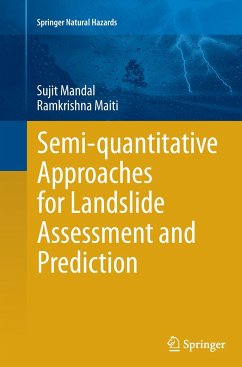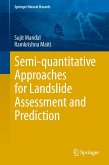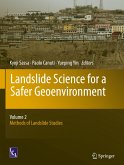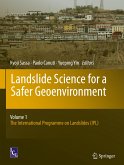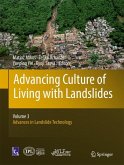In the present authors attempted to have a clear insight into the interworking of geotectonic, geomorphic, hydrologic and anthropogenic factors leading to landslide in the Shiv khola Watershed, the most worst affected region of Darjiling Himalaya. This book includes the parameters responsible for landslide events in mountainous areas. It provides knowledge and understanding to the local people, planners, and policy makers about the causes and consequences of landslides as well as provides a suitable method to mitigate the landslips. The book deals with the role of land, water and soil in landslide phenomena. These three attributes have been described in terms of critical rainfall, critical slope, critical height and changes and development of drainage network in landslides. Mitigations and site-specific management options are evaluated considering the roles of local govt., community and other organizations in both pre-slide and post-slide periods. Various scientific methods have been used to assess the landslides that will bring about tremendous help to researchers in the field. In particular, Researchers in Mountain Geomorphology and Geological and Geographical Society will get tremendous help from some topics such as 1-D slope stability model, SCS Curve Number Technique, Assessment of morphological parameters, application of RS & GIS, Application of Analytical Hierarchy Process. Semi-quantitative approach is followed for understanding spatial distribution of cohesion, friction angle slope, lithology and lineaments, drainage, upslope contributing area, land use and land cover types etc. This book also reveals some techniques and models for initiating slope instability.

